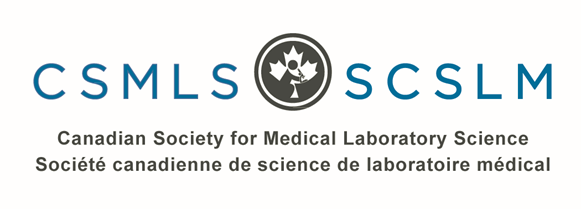A recent shift has occurred to place more effort into the study of “lab utilization,” which focuses on whether test orders are appropriate or inappropriate. This goes beyond historical efforts of Six Sigma and Lean projects to make our lab processes “effective and efficient,” a popular saying over the past couple of decades. The current trend places greater emphasis on the impact that lab utilization of tests and procedures can have on the system as a whole. This means looking at the lab as more than an assembly line of machines with dutiful workers. It sees patients, health care professionals and the health system (resources and fiscal responsibilities) as intertwined, and none of these components are less important than another. Thus, when we talk about effective and efficient lab utilization today, we encompass a greater sphere of responsibility and examine impact in a more meaningful way.
Did you know?
An estimated 20–50% of all testing is inappropriately ordered, meaning that it is either an incorrect test, a redundant test or a correct test ordered at the wrong time. 1
This results in large amounts of wasted public money, misdirected clinical effort, increased workload and the potential for patient harm.
The reasons for inappropriate testing are numerous and can’t be pinned on a single concept. 2 We work in a system full of limitations with predictable and unpredictable drivers, which influence the practice of all health professionals and ultimately, ordering practice.
We have reached a point in history where it is no longer a question of whether inappropriate testing is occurring. We now need to understand the extent it is occurring, why it persists and what can be done to create a sustainable future with minimal impact on the health system and those who utilize it. Here is what we know:
- Almost $6 billion is spent annually on lab testing by provincial and territorial governments, and about 10% of that is unnecessary. 3
- Large differences between individual practitioners in laboratory utilization have been reported in several countries. Canada is no exception. 4 5
- Across Organization for Economic Co-operation and Development (OECD) countries, it is estimated that one-fifth of health spending is inefficient. 6
How can we change this situation? In order to foster appropriate lab utilization, provide optimal care for patients and ensure our responsibility to the health care system, balanced strategies must be created.
Medical laboratory stakeholders have a supportive role to play in lab utilization.


